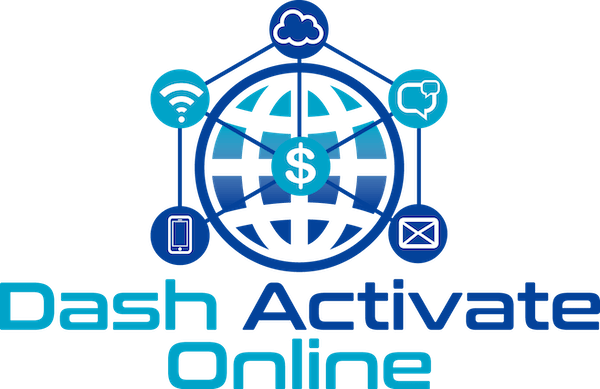Successfully scaling an ad account in 2024 requires deep emotional marketing understanding, precise analysis, and a commitment to continuous improvement. As the ad platforms continue to evolve, so too do the required strategies that will deliver scalable results. Below is a breakdown of those four key phases you’ll encounter on your journey to ad account mastery and actionable insights into how to navigate each stage effectively.
Phase 1: “Our Ads Aren’t Working.”
This first phase is where many advertisers find themselves frustrated and flailing. Ads are launched with the highest hopes, but the results just aren’t there. Often, this will happen because the creative angles you’re pushing may resonate on an intellectual level but aren’t quite connecting on an emotional level.
Why This Happens: You’re focusing on angles-catchy headlines, snappy hooks, and shock value-rather than tapping into the emotional undercurrents which drive consumer behavior. Without an emotional source driving your ad, it simply won’t be memorable; hence, horrible performance.
Solution: To break out of Phase 1, shift your focus from angles to emotions. Your content should be relatable and authentic, intended to drive a particular emotional response. The audience will better engage with the content if it makes them feel something: joy, nostalgia, belonging, or whatever the desired feeling. In crafting this, you are better placed to capture their attention and further drive action.
Stage 2: “Our Ads Are Working, But We Don’t Know Why.”
Well, this is where your ads started to work, but the problem is you do not quite know why they are working. That lack of understanding of why they are working is one of the big barriers to scaling, because you cannot scale and optimize something that you do not understand.
Why It Happens: You’ve obviously tapped into something with your audience, but you’ve just not quite isolated what the contributing factors to that success are. This part of the cycle is very normal for advertisers who have intermittent instances of success, yet don’t find consistency with their ads.
Solution: The only way to break through this phase is by developing a solid mechanism for analyzing your ad performance. Tools like ChatGPT, Perplexity, and SparkTuro provide deep insights into the “why” of your ad success.
Analyzing the engagement metrics, audience demographics, and emotional triggers in your content can depict patterns that point toward perfecting the strategy and repeating the success over numerous campaigns.
Stage 3: “We Know Why They’re Working, But We Can’t Scale. “
Now, this is where you know what works, but now comes the important next step of scaling success. This is often the most challenging phase since you will have to replicate your successful strategies and make sure they really work across bigger and more diverse audiences.
Why it happens: Scaling is hard because this requires real emotional messaging that strikes an appropriate chord with whoever the audience and whatever the platform. Most advertisers really struggle here because they have messaging that starts to be diluted as they start to reach a larger audience.
Solution… Phase 3 Escapement: Create subtle emotional messages that will scale effectively. That means developing an intimate understanding of the various emotional triggers that motivate each of your target audiences and making sure that your messaging adapts accordingly, while staying consistent. Messaging consistency is important; every ad should feel like a chunk of the same story as you scale.
Phase 4: “We’re Scaling, and I Want Someone to Take Over”
Success! Your ads are working, and you’ve figured out how to scale them effectively. In this phase, the challenge shifts from strategy to management. The bigger your campaigns get, the larger the demand on your time and resources.
Why It Happens: You’ve mastered the art of emotional marketing and scaling, but managing a large-scale ad account takes more than strategic insight-it takes operational efficiency.
Solution: Your final step on this journey is to build out a team or process that can take the day-to-day management of your ad campaigns off your plate and free you up to focus on strategy and growth. Teach them how to pivot from angles to emotions, identify the right emotional triggers, and develop a tight, consistent message with nuance. And when your team is thoroughly aligned with your vision, armed with just the right tools and processes, you’ll be able to scale your efforts even more, reach new heights of success.
Support Your Success with Behavioral Insights
You can only fully nail each phase of scaling your ad account by making a behavioral science inclusion in your strategy. Understanding Marketing Mindstates and how to leverage deep emotions give you those key, subconscious insights into the psychological triggers behind consumer behavior. By understanding their dominant mindstates-the need for achievement, autonomy, belonging, and competence-you can build ads with messaging that speaks deeper, at a subconscious level.
For example, if the dominant Mindstate for a large portion of your target audience is Cautious Achievement, your ads should talk about how your product or service prevents risks from happening in their pursuit of goals. On the other hand, if the target audience wants Cautious Autonomy, they want to be able to express themselves as unique individuals who make choices that best fit them.
By aligning your ad strategy with those psychological insights, you will turbocharge not only the emotive power but also the effectiveness of your ads at each phase of scaling.
Conclusion
Scaling an ad account in 2024 is way beyond the technical; it’s about mastering the art of emotional marketing, understanding the psychological drivers of your audience, and building a scalable process that adapts to constantly changing dynamics. Navigate these four phases with the right strategies and insights, and you will be well on the way to creating a successful, scalable ad account that makes sustainable growth a reality.





